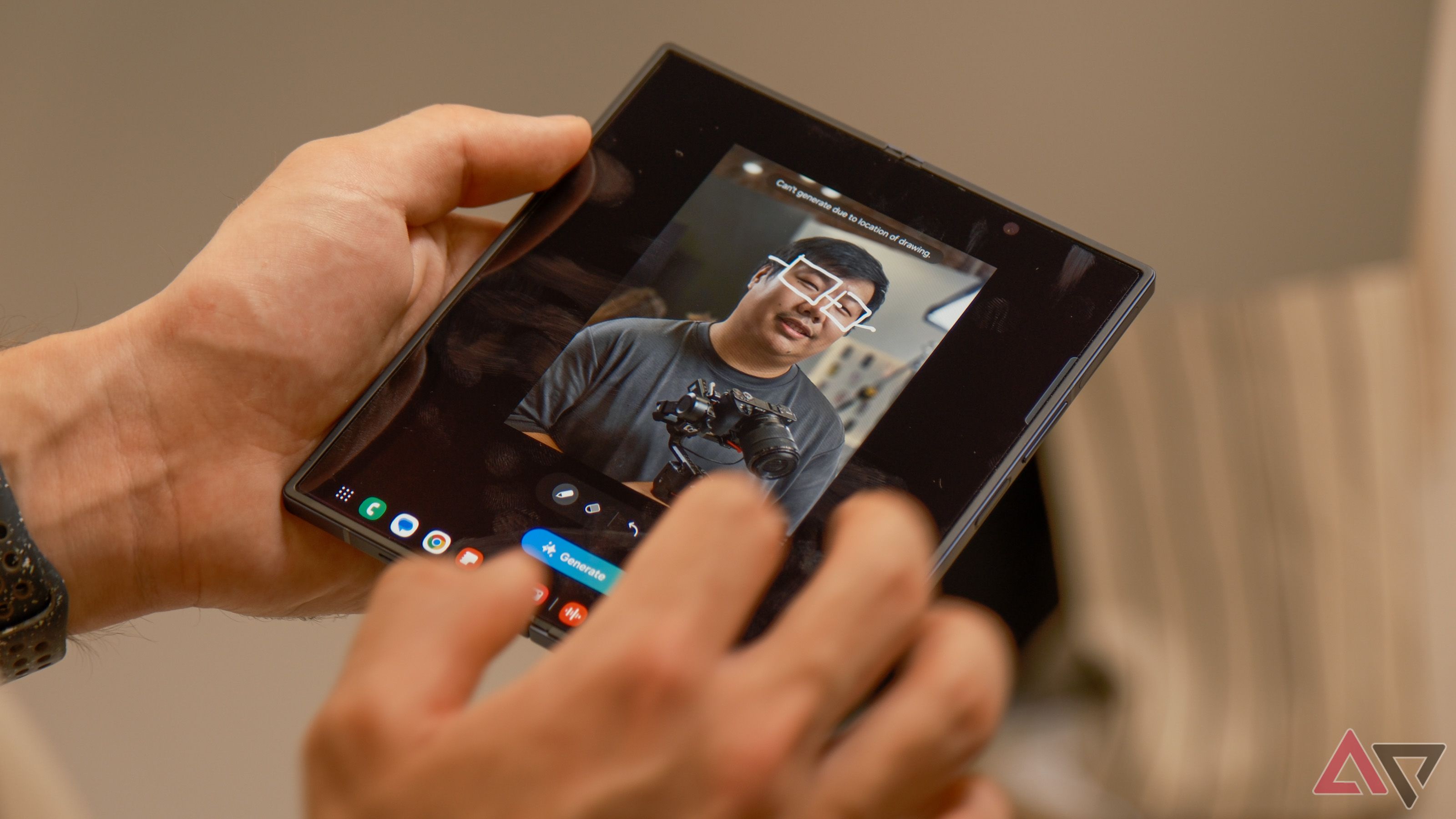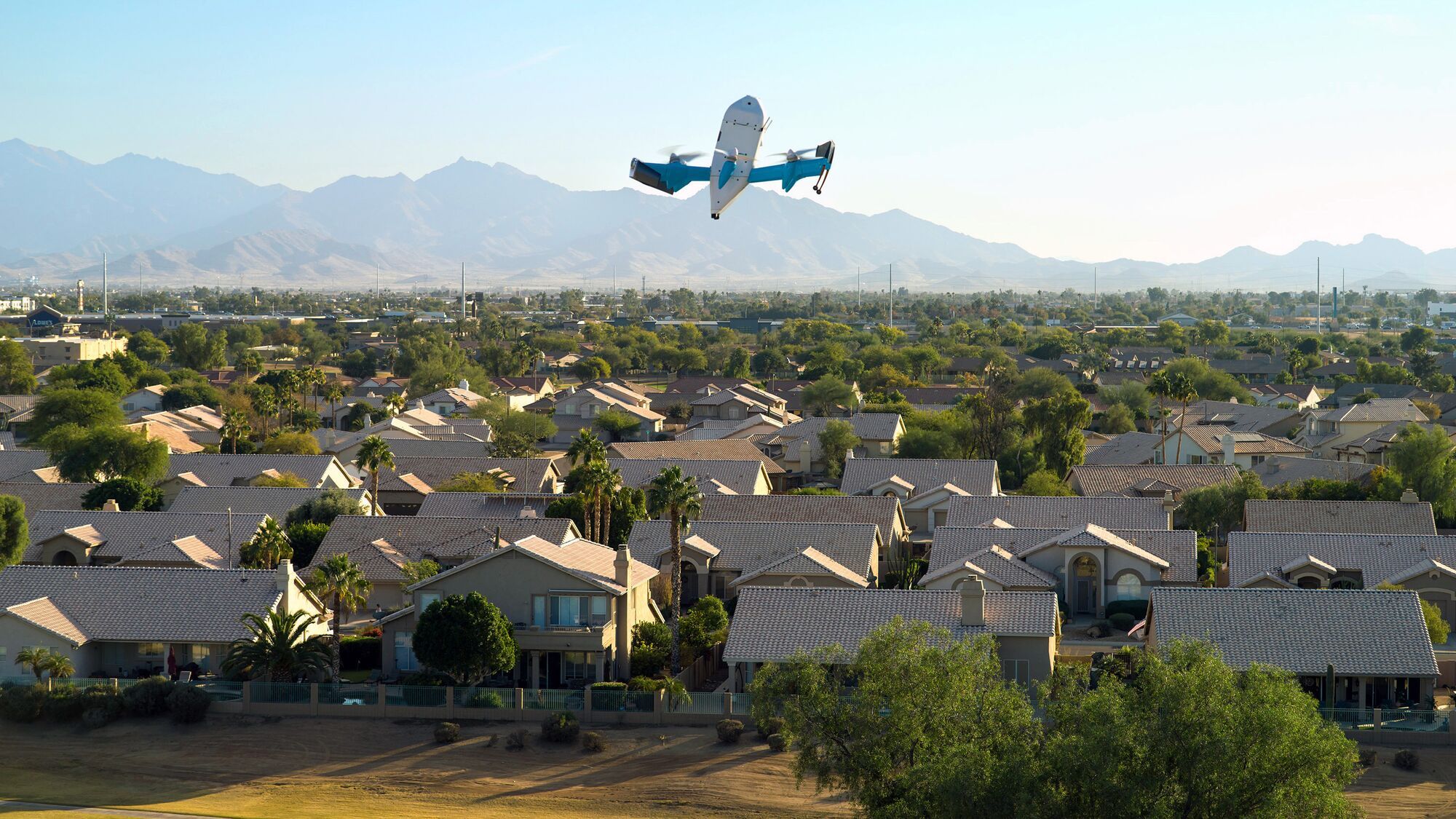Summary
- Amazon’s Prime Air now promises to deliver Galaxy phones using drones in under 60 mins.
- The new MK30 drone can calculate an almost precise delivery time and avoid obstacles.
- It can also handle light rain and extreme temperatures.
Don’t be surprised if a drone delivers the Galaxy phone you ordered from Amazon. The e-commerce giant is ramping up its Prime Air delivery service, promising to drop off your next Galaxy smartphone with the new MK30 drone in 60 minutes or less.
Amazon says in its announcement that it has received the necessary clearance from the Federal Aviation Administration (FAA) to deliver devices with lithium-ion batteries, including iPhones, Galaxy phones, AirTags, AirPods, Ring doorbells, and even grill thermometers. The company will offer its Prime Air delivery service in eligible areas in Texas and Arizona, provided the total cart item weight is under 5 pounds.
Users will have the option to select their preferred delivery spot, which can be their driveway or front yard. This only needs to be done once, with Amazon remembering the user’s preference for future orders.
The company revealed its new MK30 drone can calculate how long it will take them to fly to an address. So, users will receive an almost-exact delivery estimate within five minutes of placing an order.
Amazon says its team first identified areas without obstacles and then divided each possible delivery zone into “delivery areas.” It also ruled out flat areas unsuitable for delivery, like a swimming pool.
Amazon’s new delivery drone won’t land to deliver your items
Unlike before, Amazon is doing away with its requirement of placing a QR code for the drone to deliver items. Instead, the MK30’s in-flight computer is smart enough to deliver items directly to the designated delivery points. Plus, the drone will first check if the delivery point is clear of pets, cars, and people before dropping the package about 13 feet above the ground. Yep, they will not land on the ground at all.
These new drones can also handle light rain and extreme temperatures. Amazon will use a 75-minute forward-looking weather service to determine if drone delivery is possible or not in the next hour. If not, users will only get the option of a standard delivery.
Interestingly, a Bloomberg report reveals that a faulty software update made the MK30 drones vulnerable to even light rain. The glitch caused the drone to mistakenly believe it had landed, cutting power mid-flight. No wonder the e-commerce giant has struggled to expand its drone delivery services to more regions despite announcing it first a few years ago.



